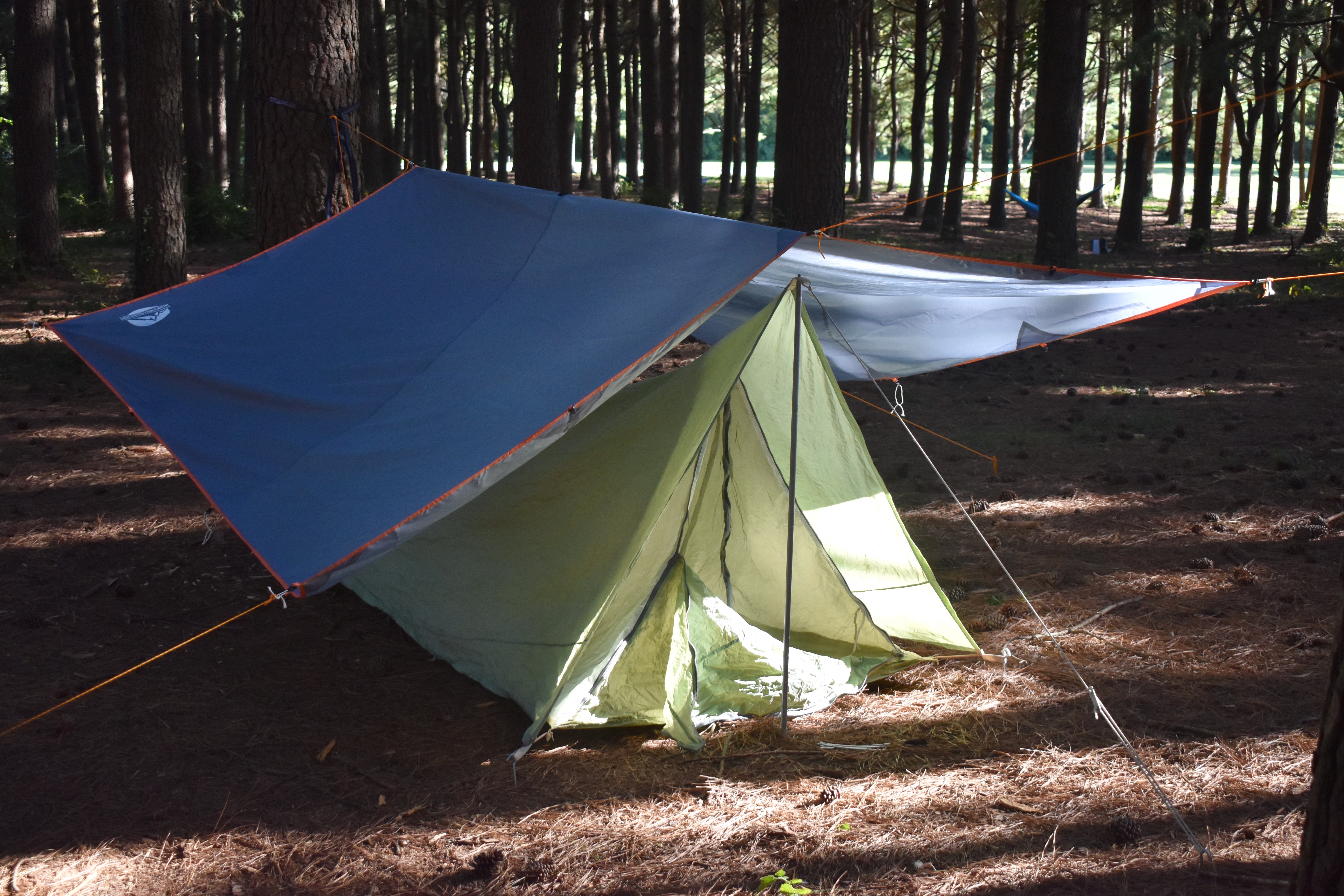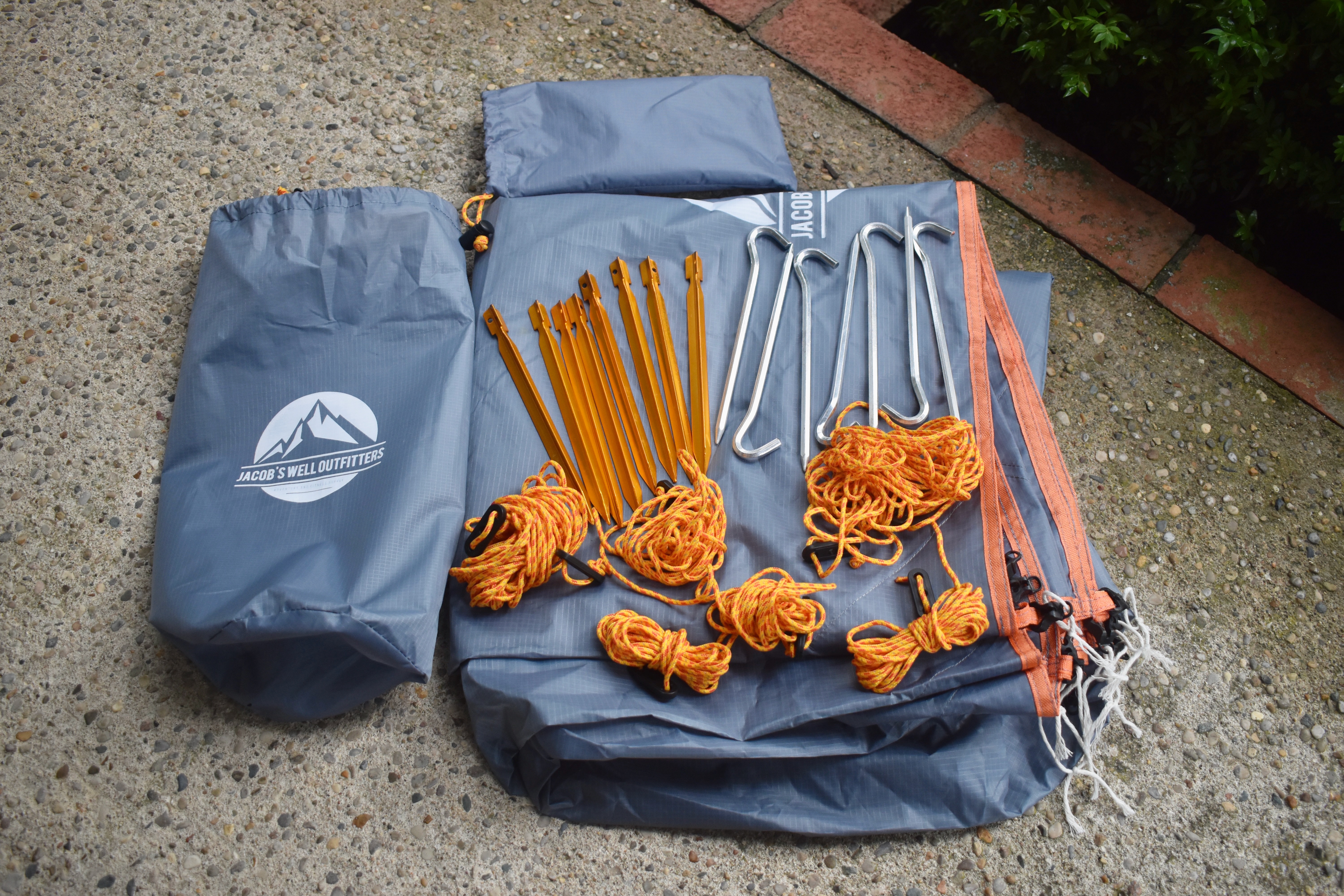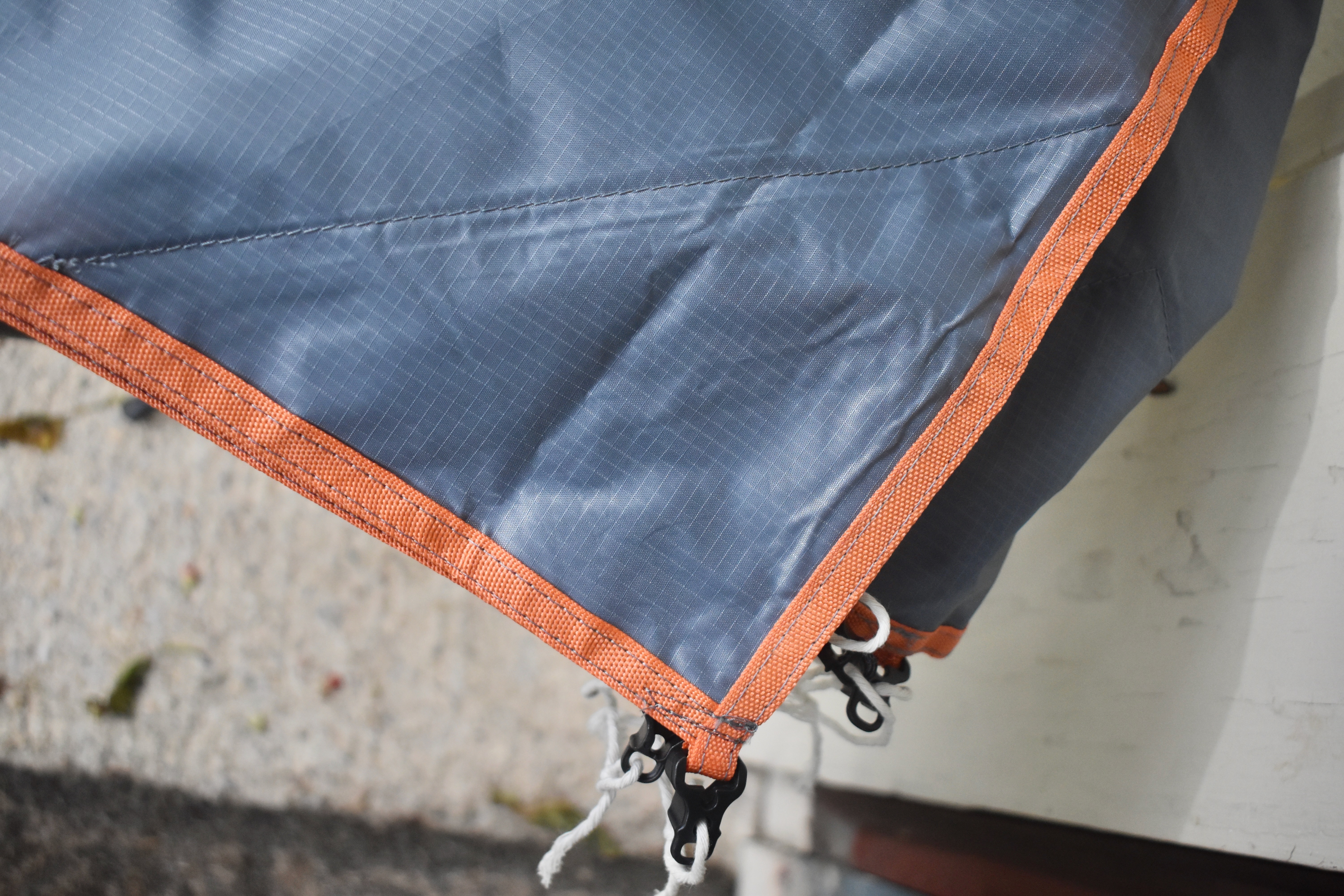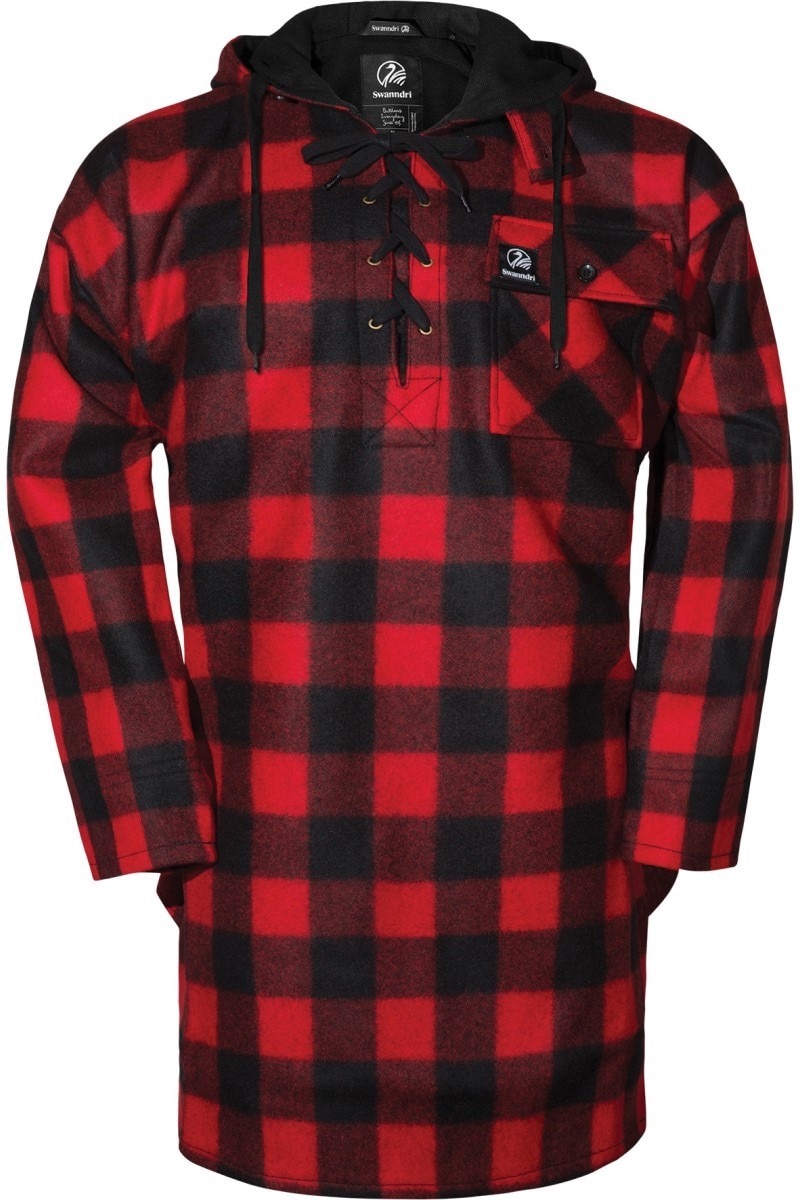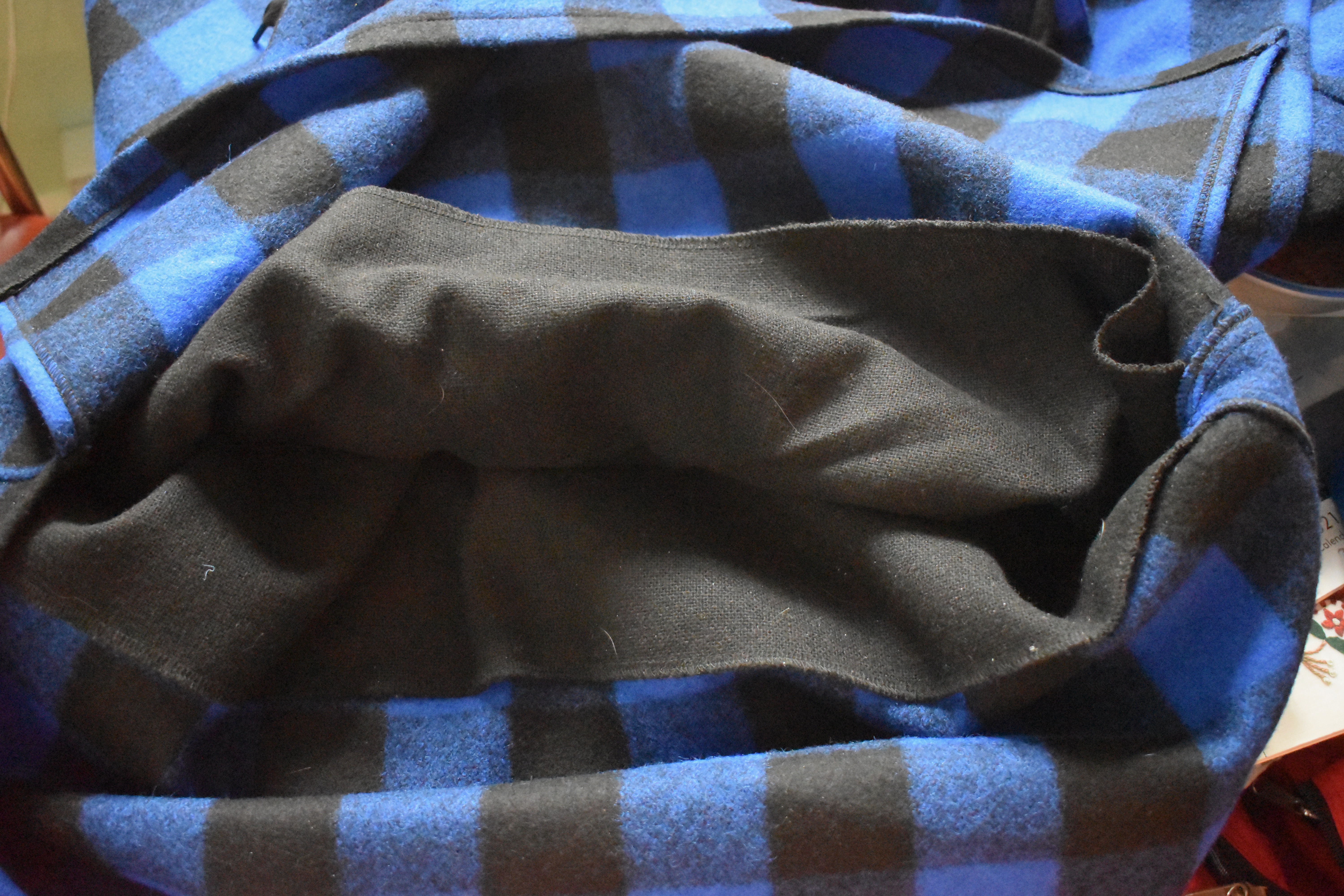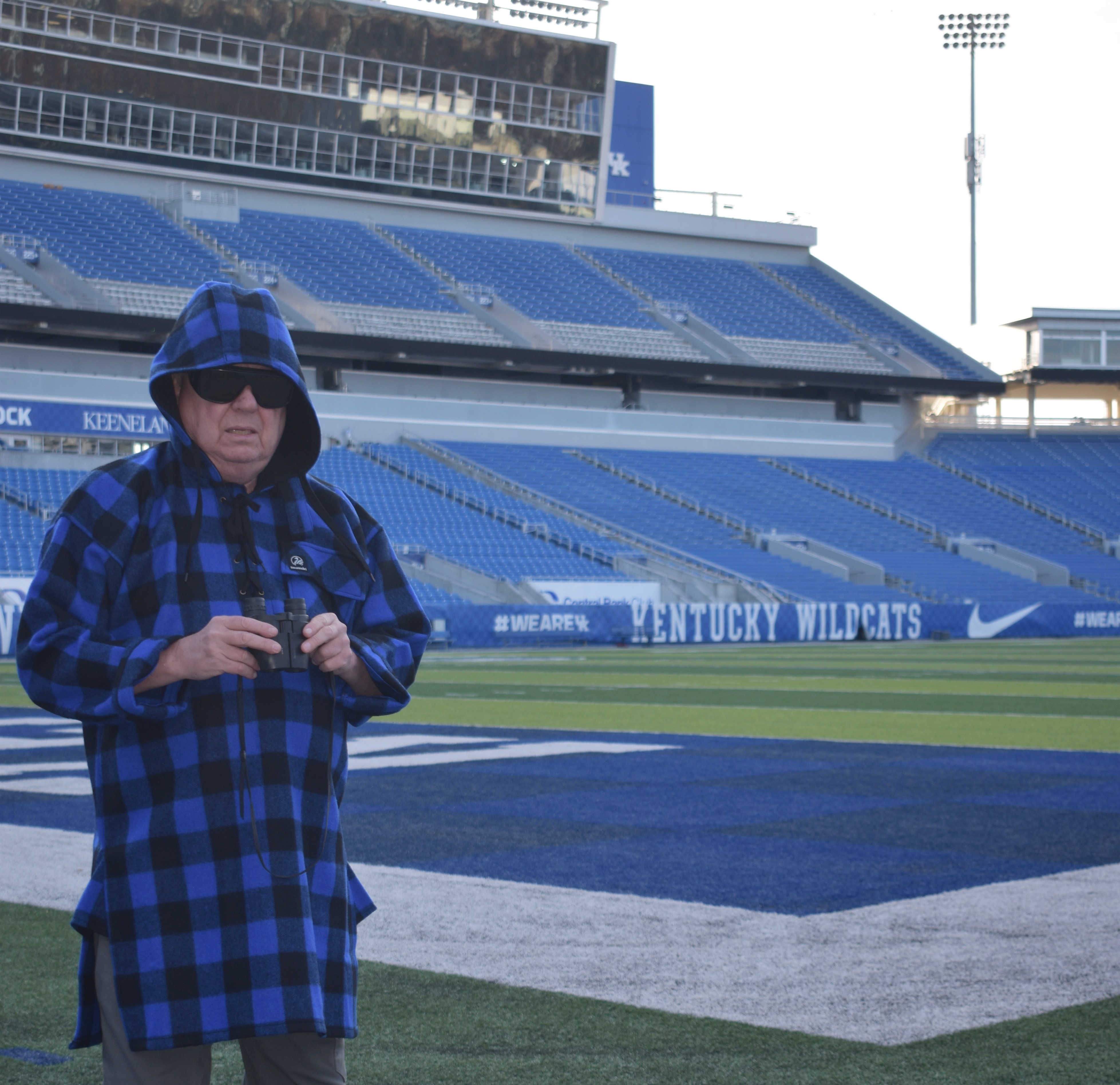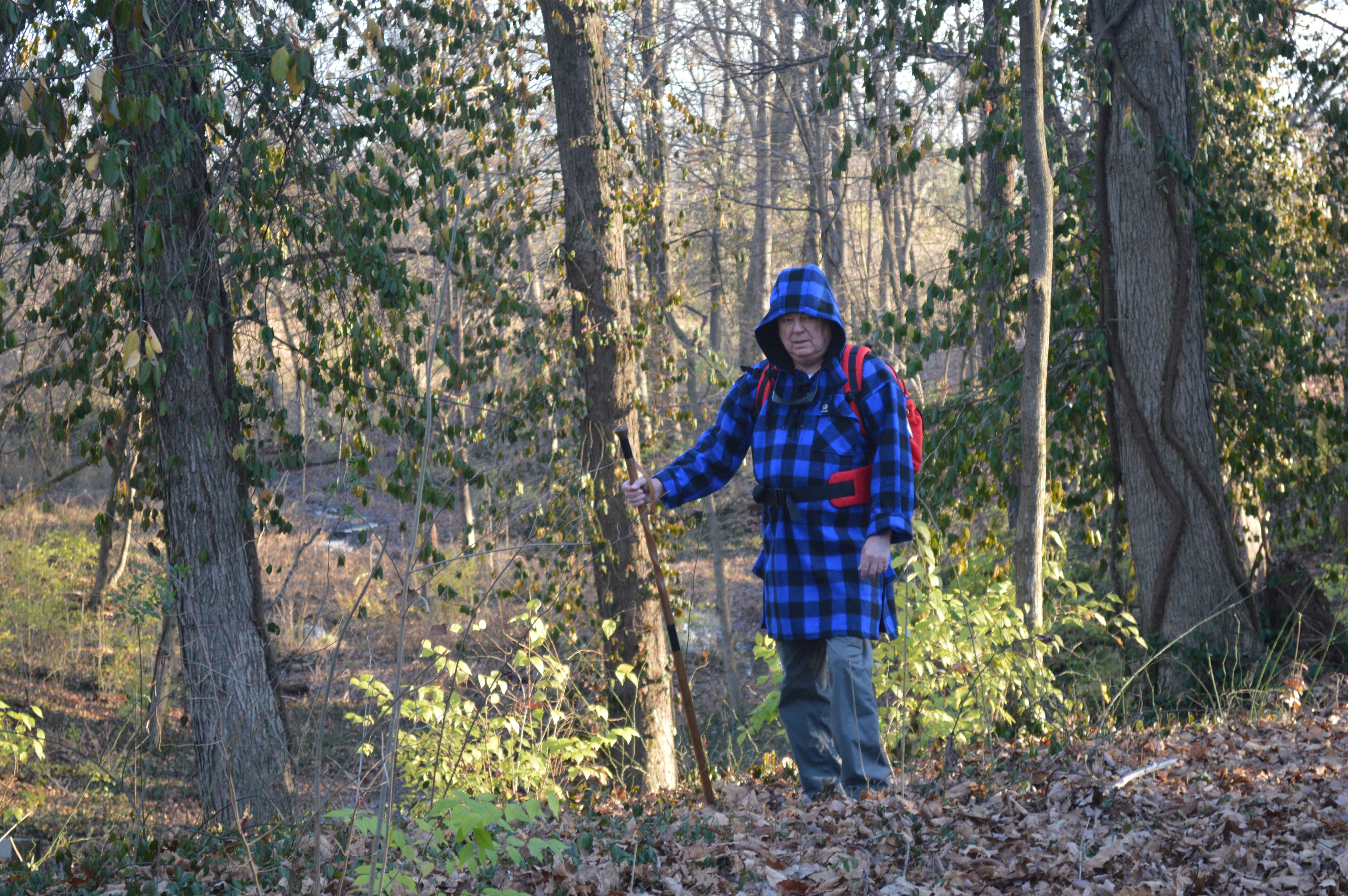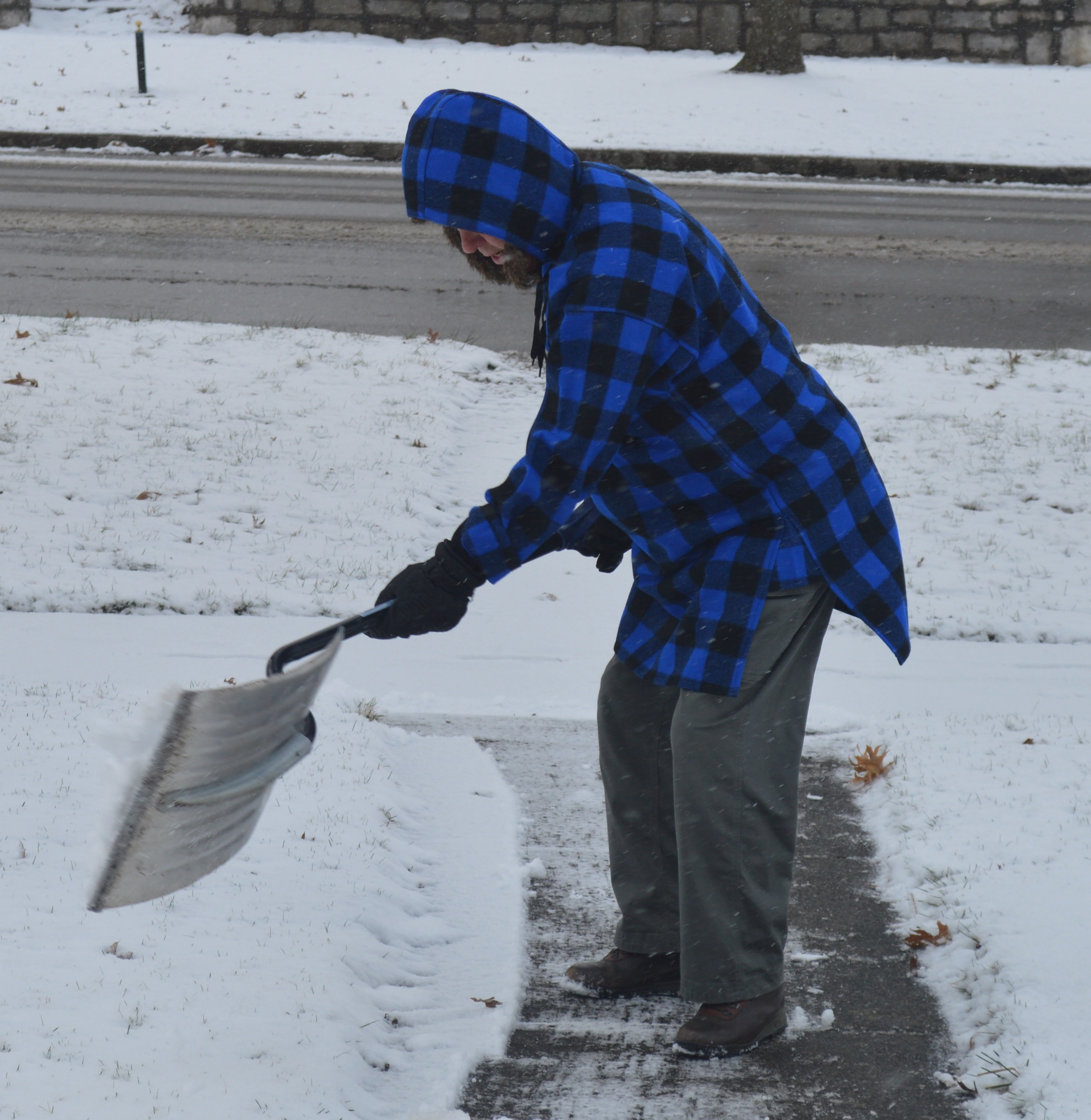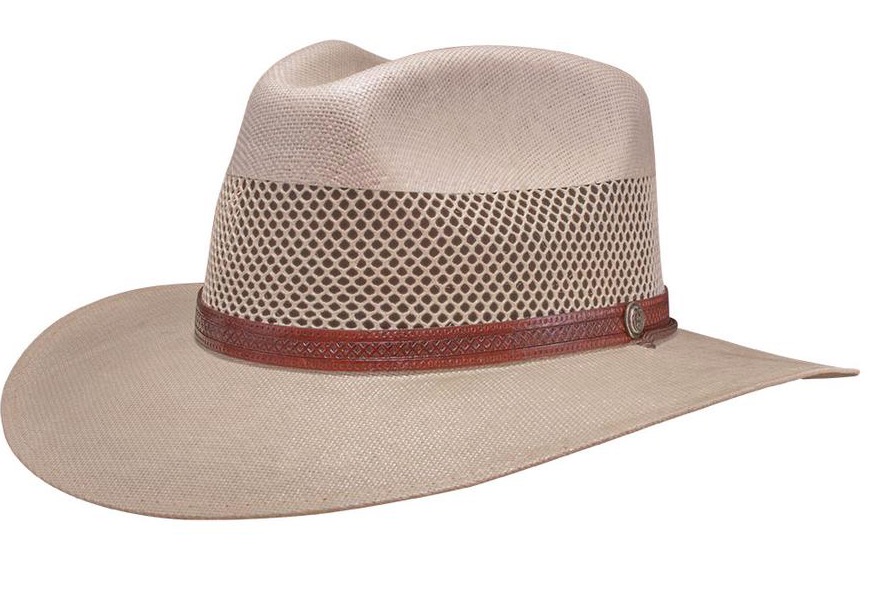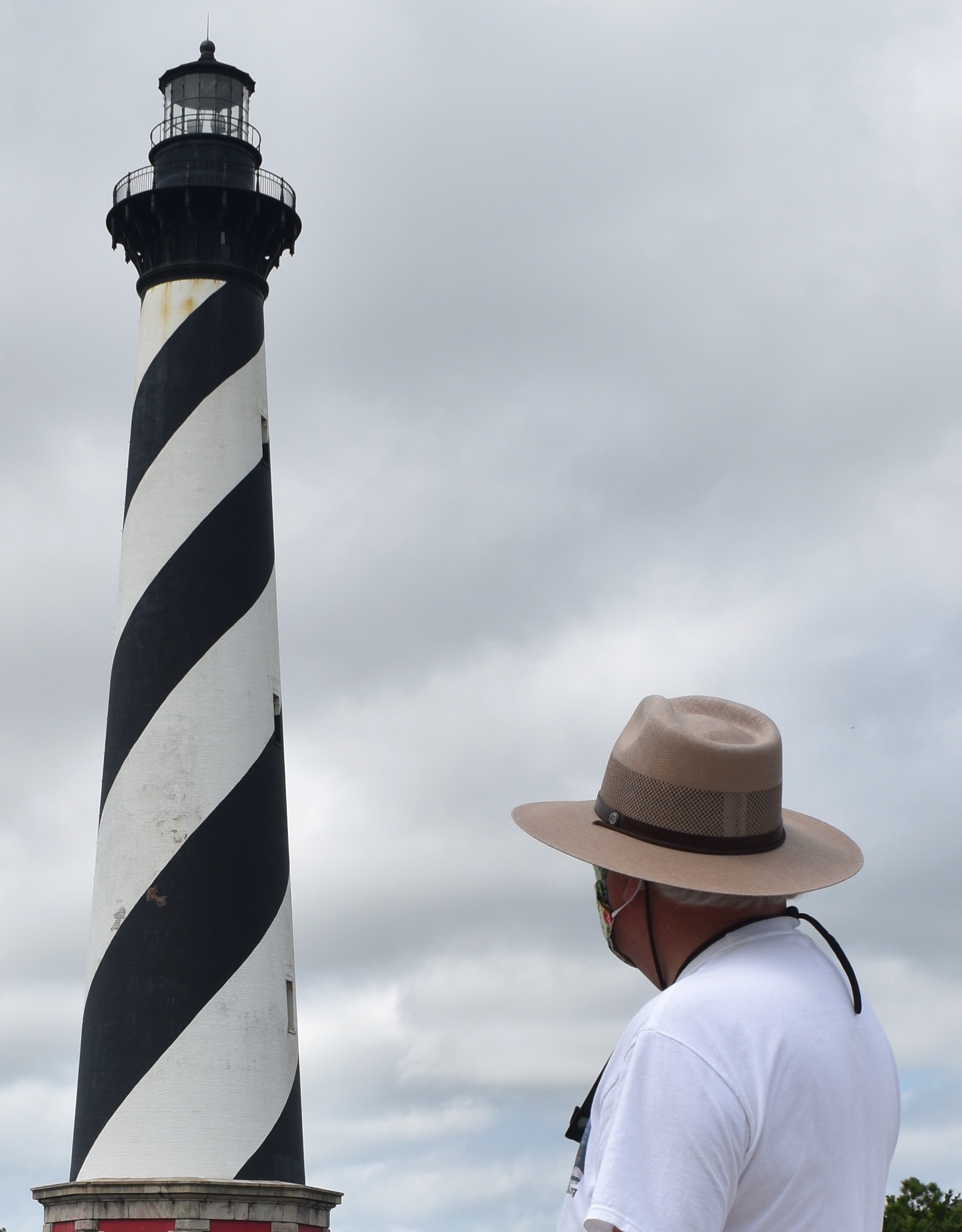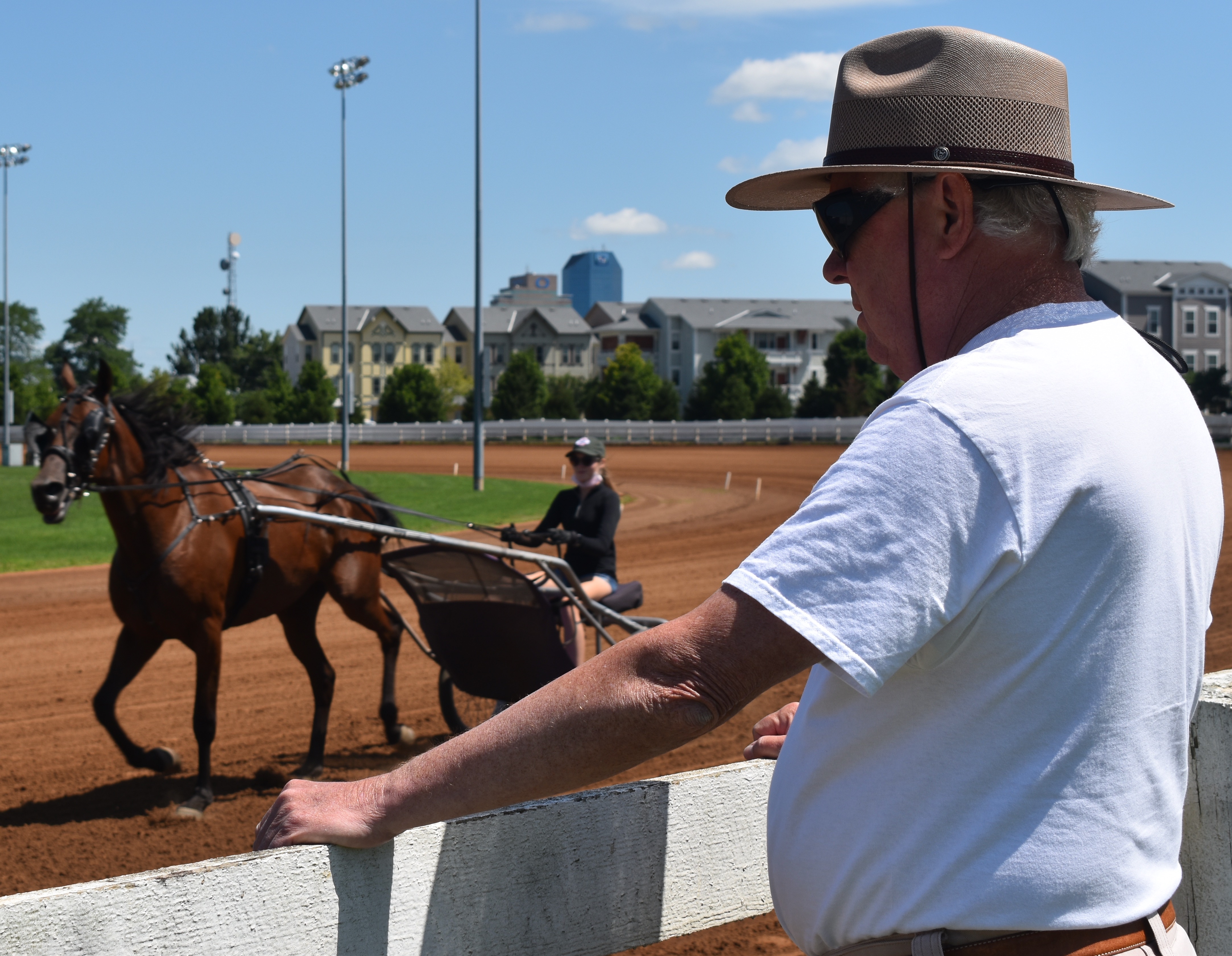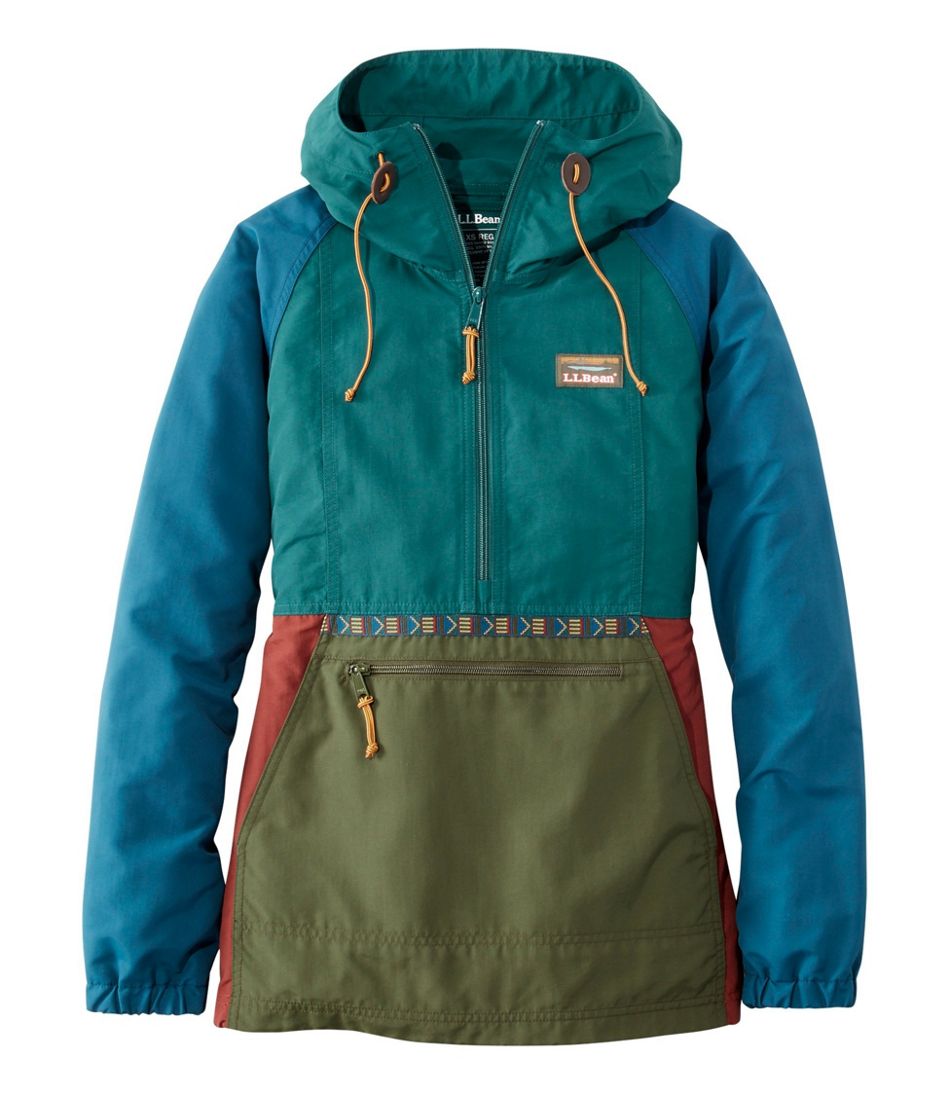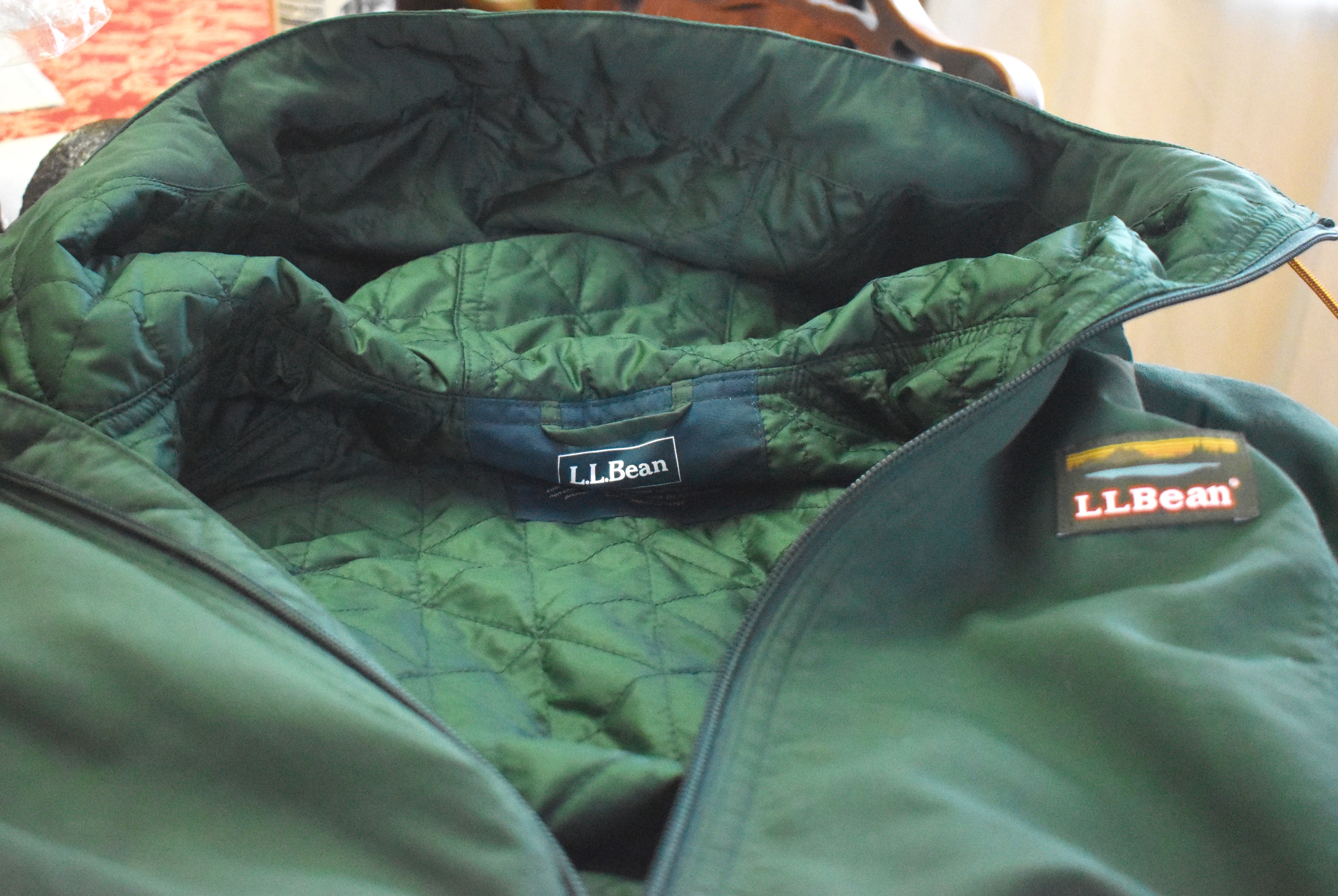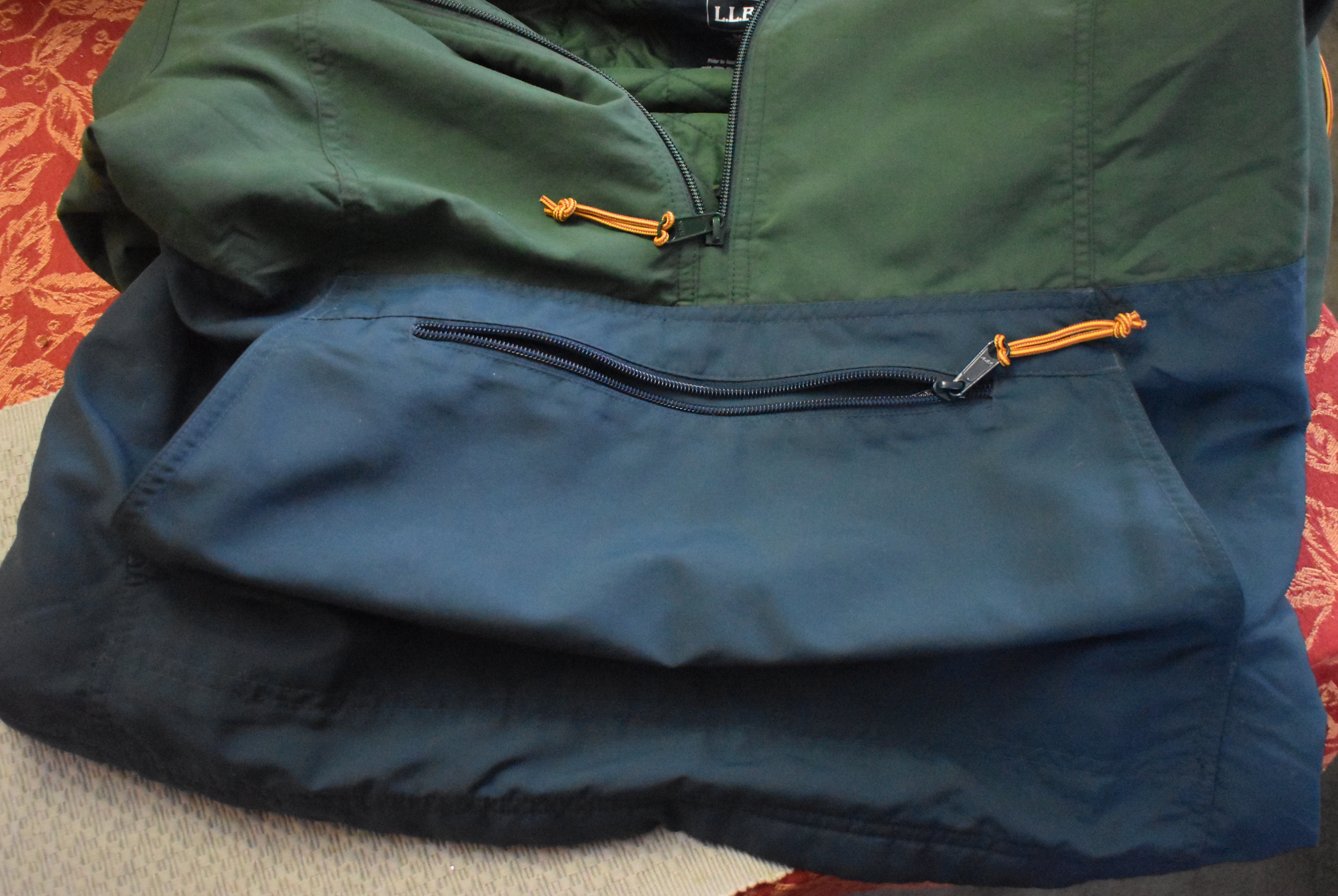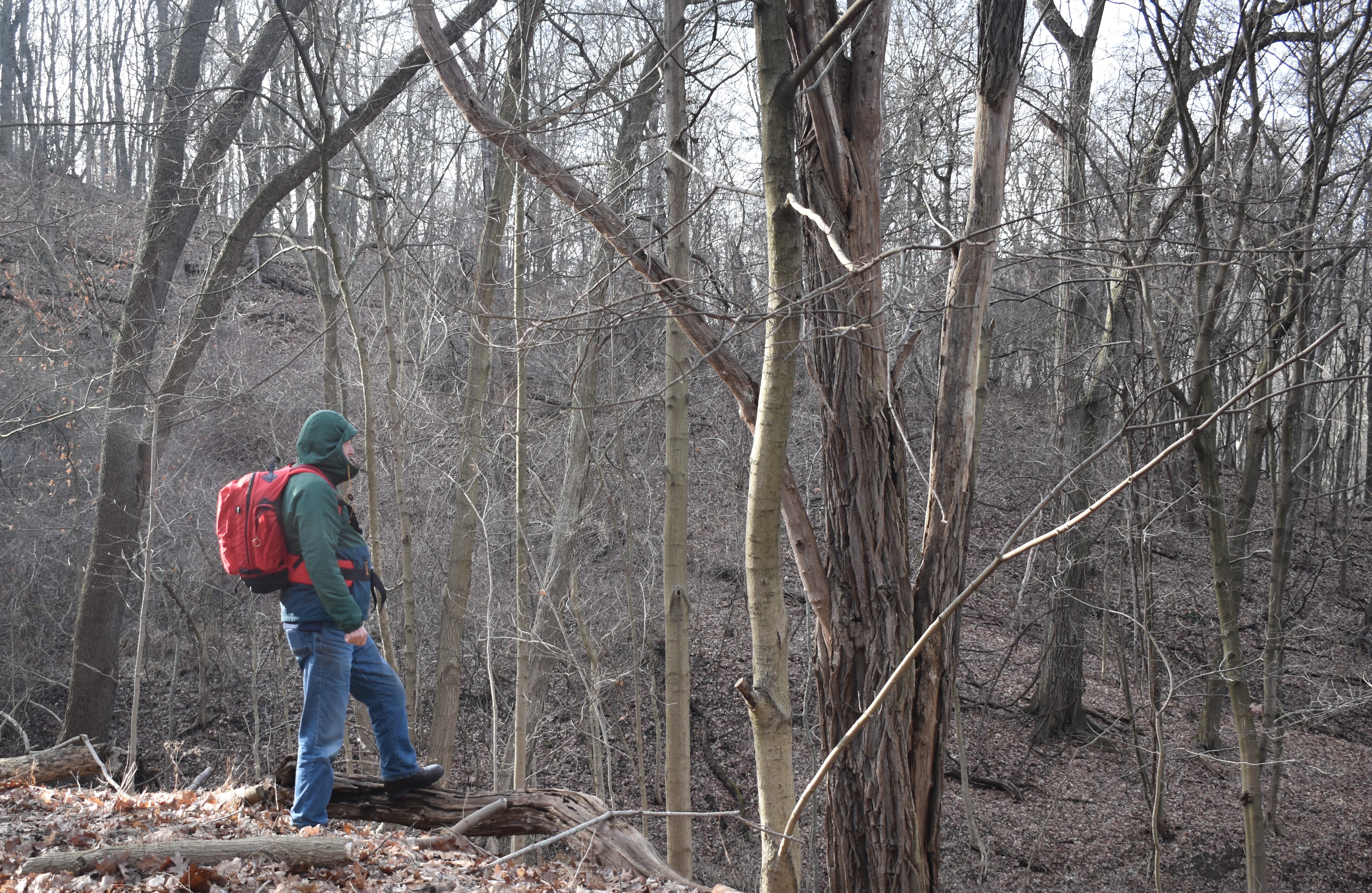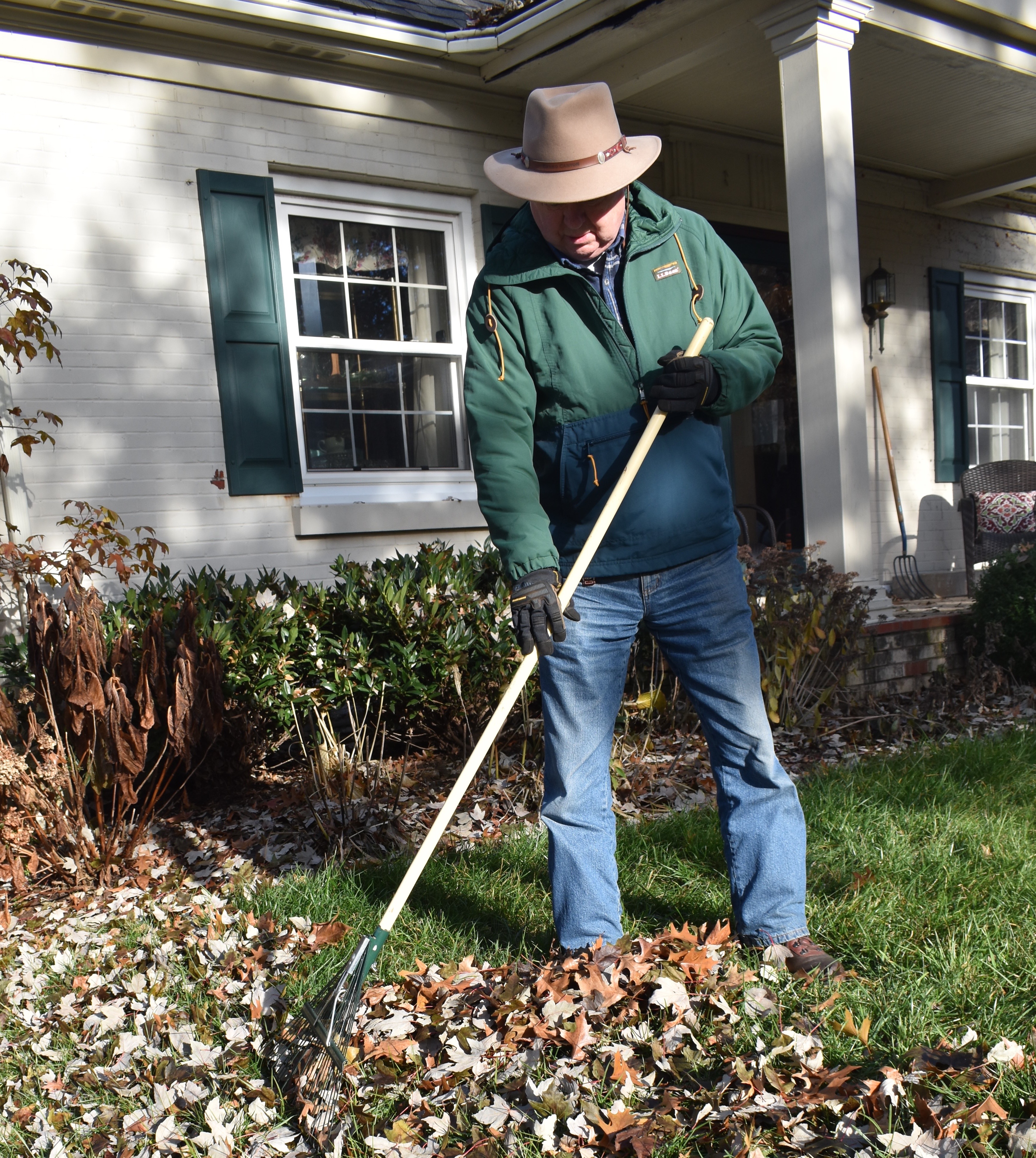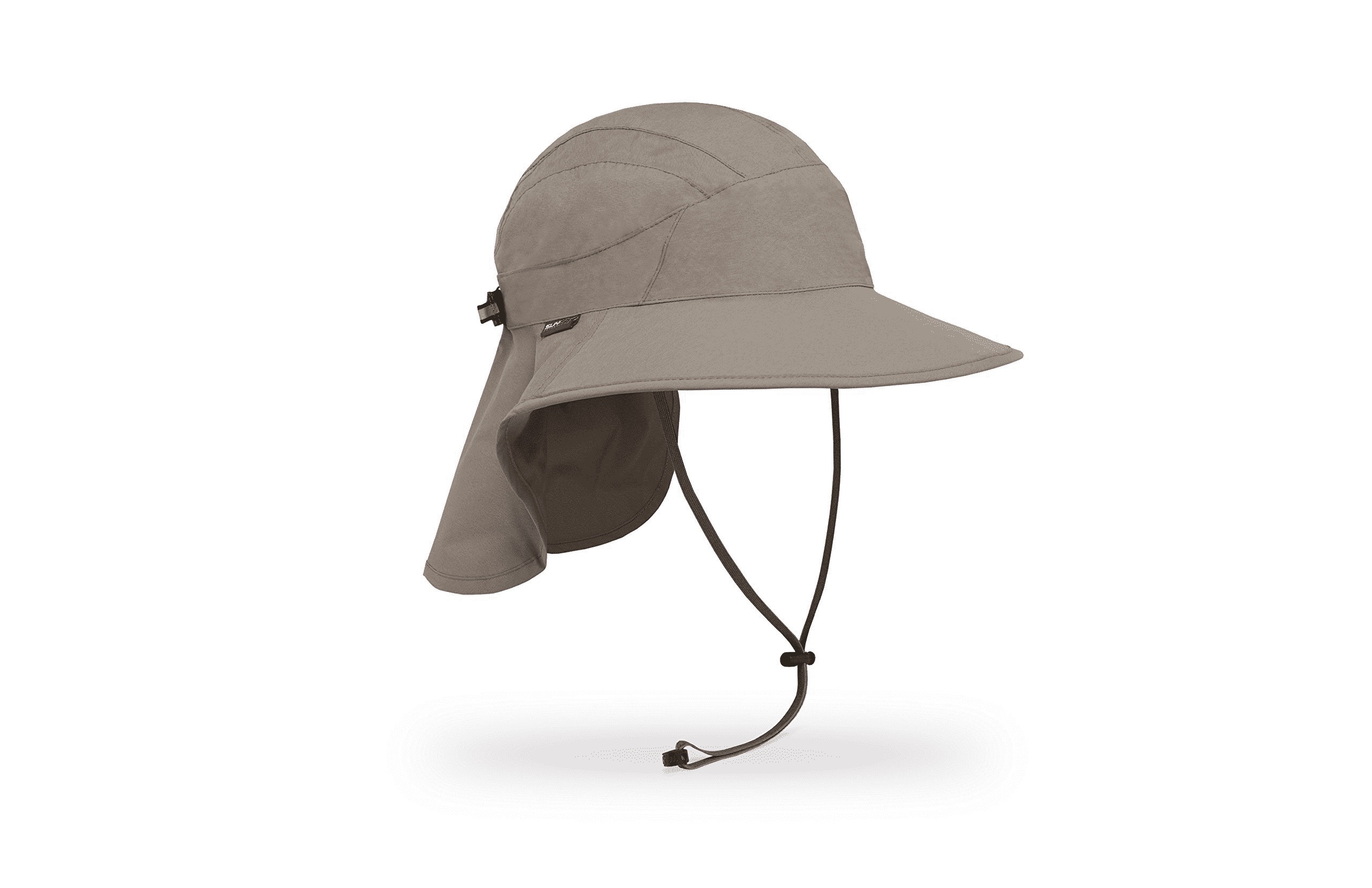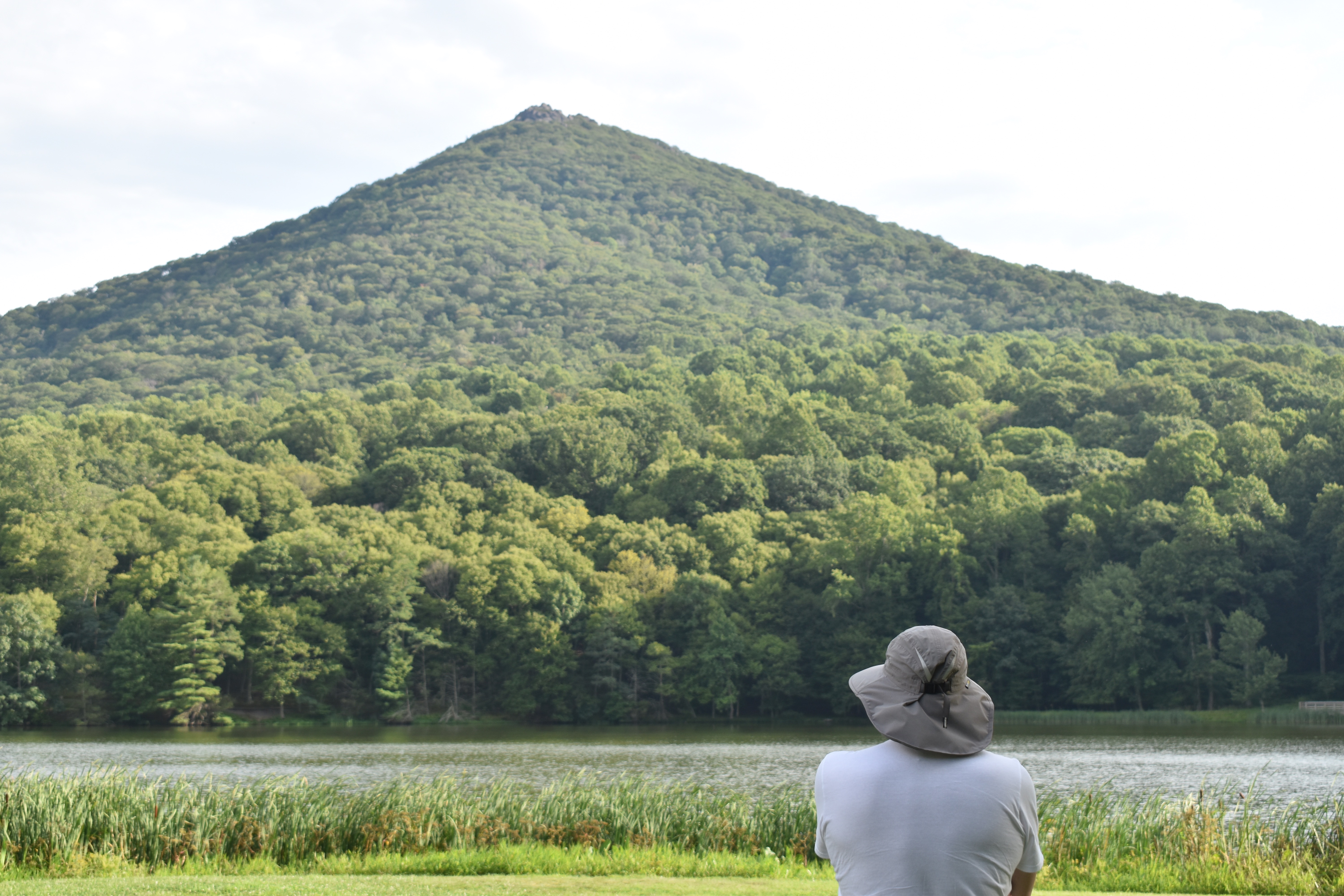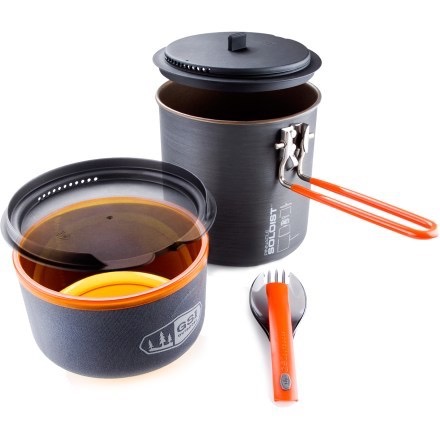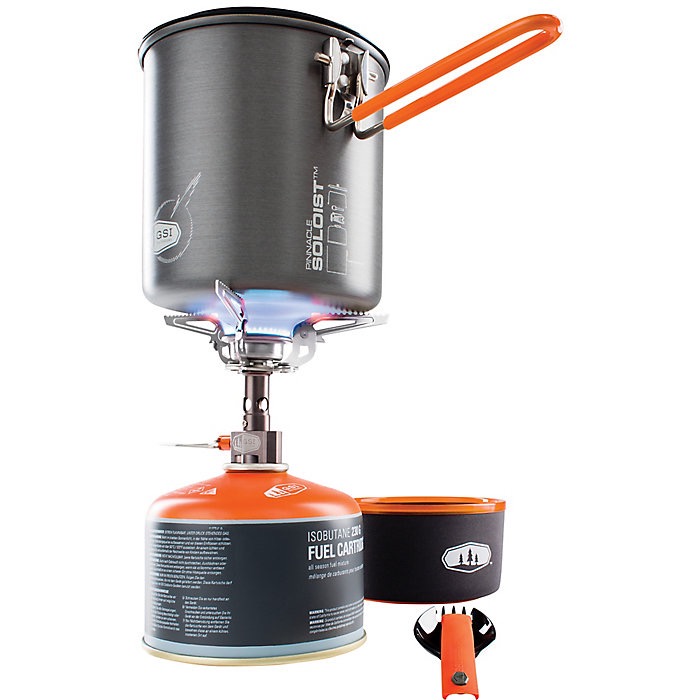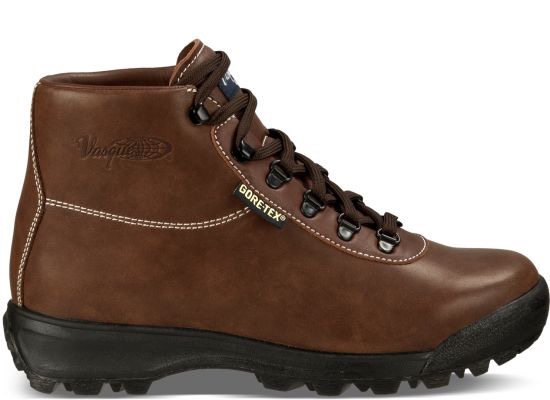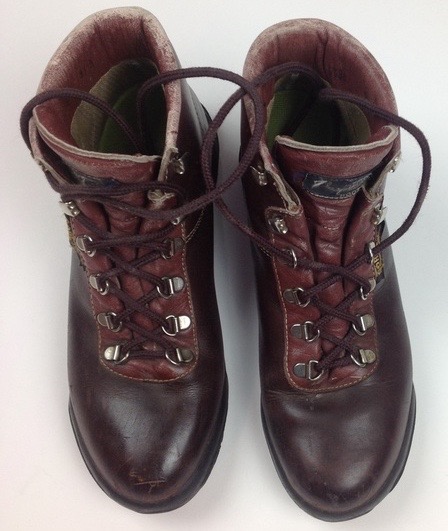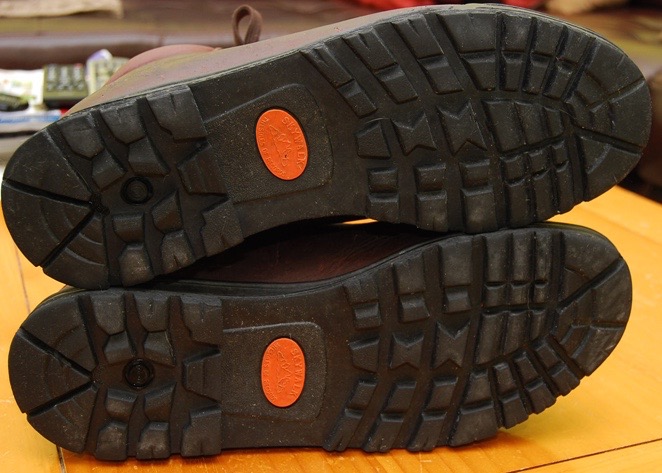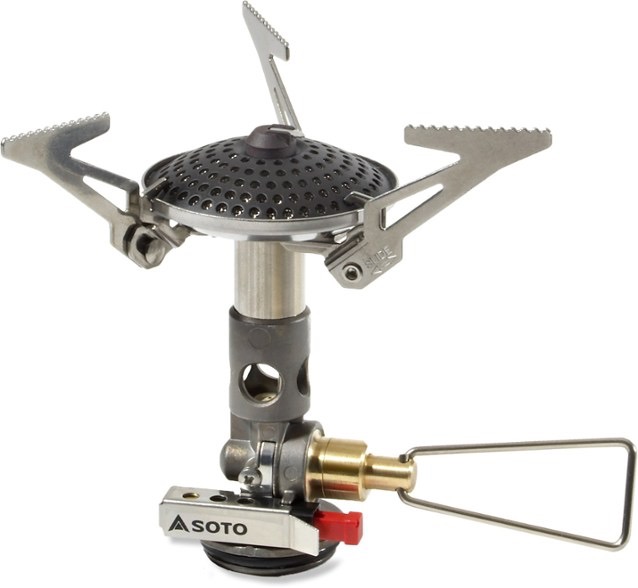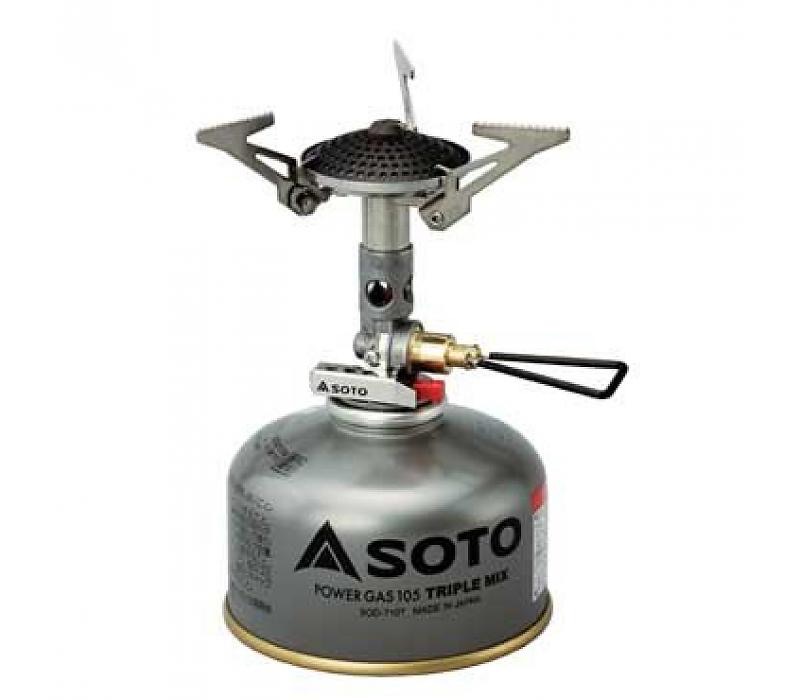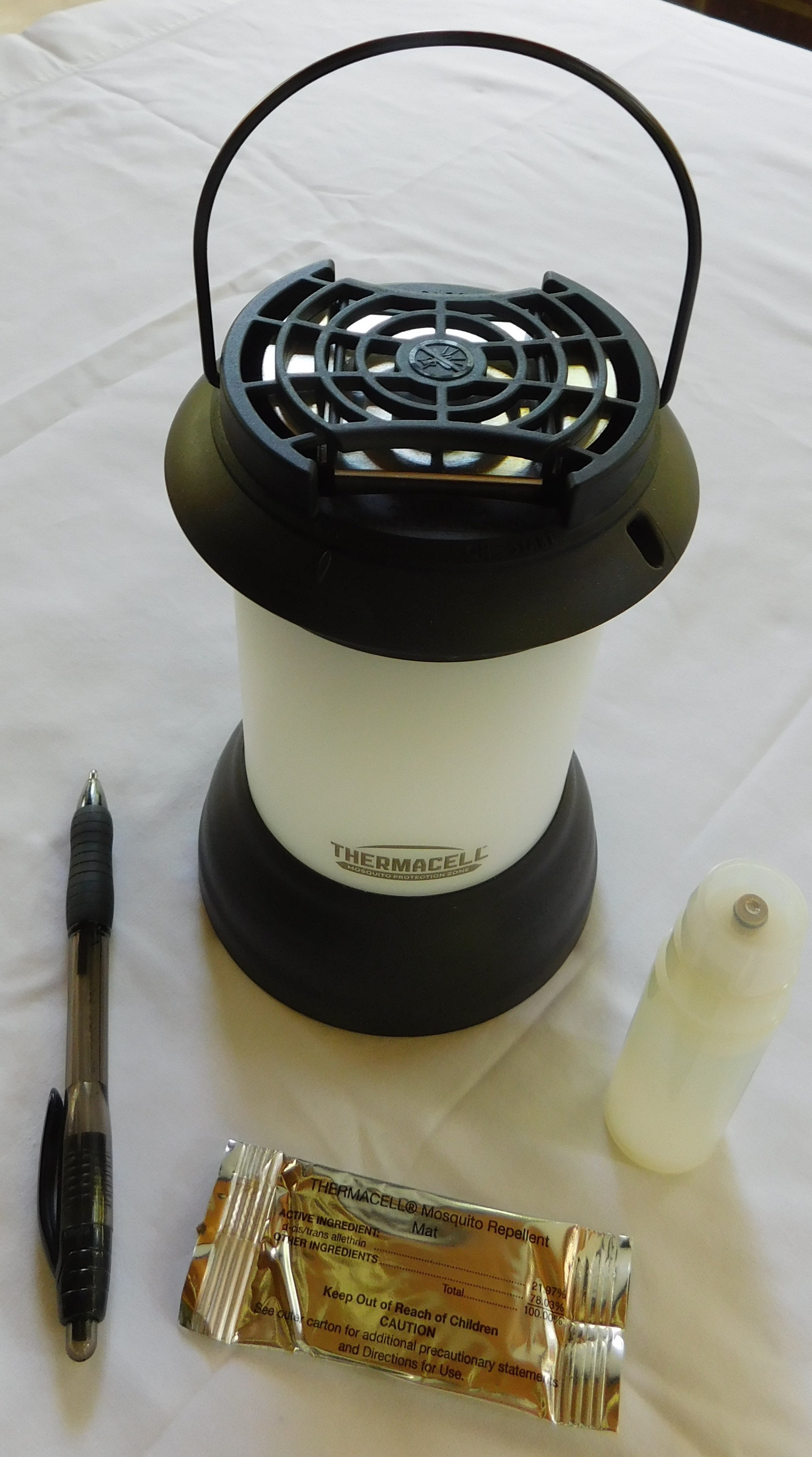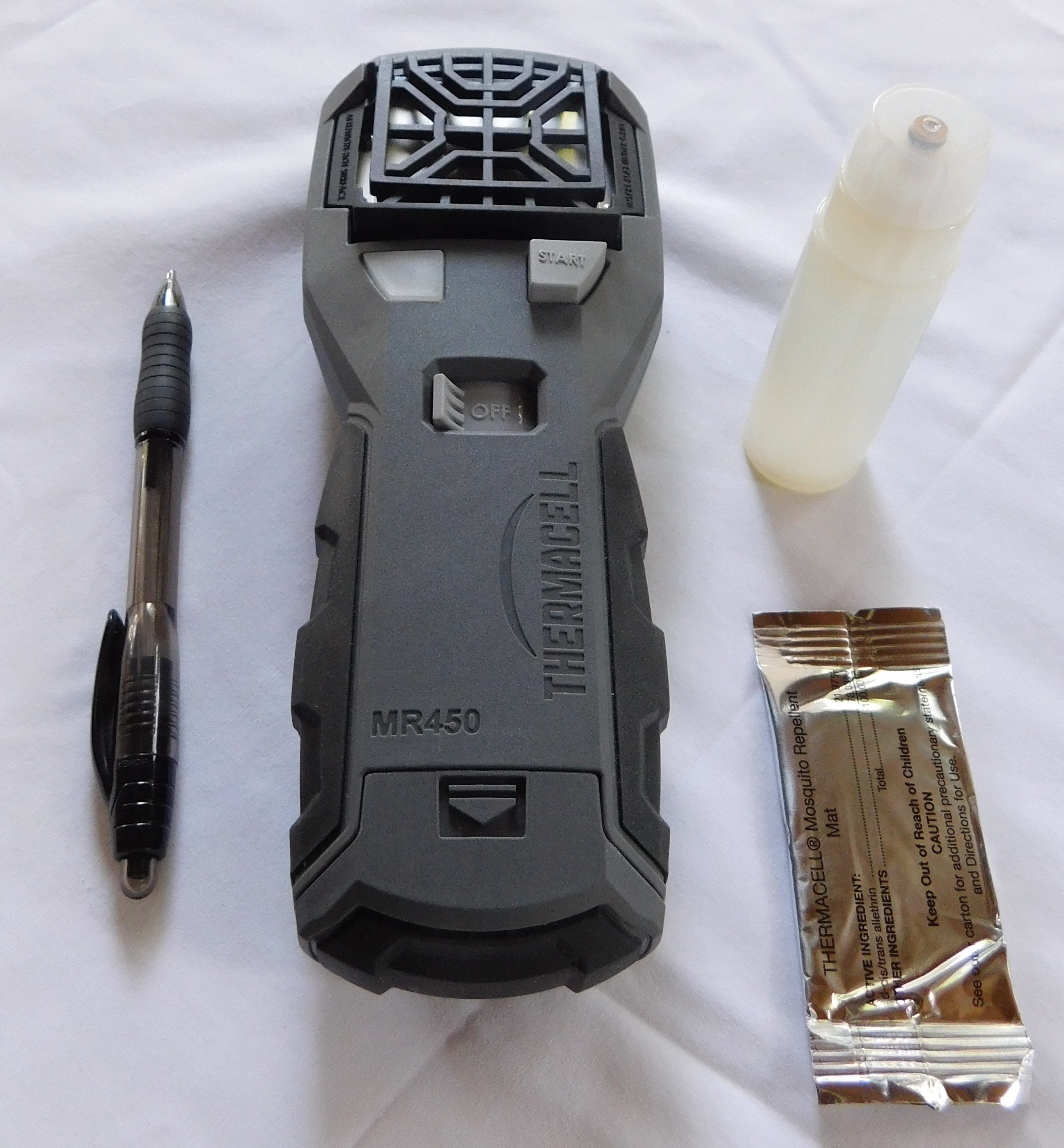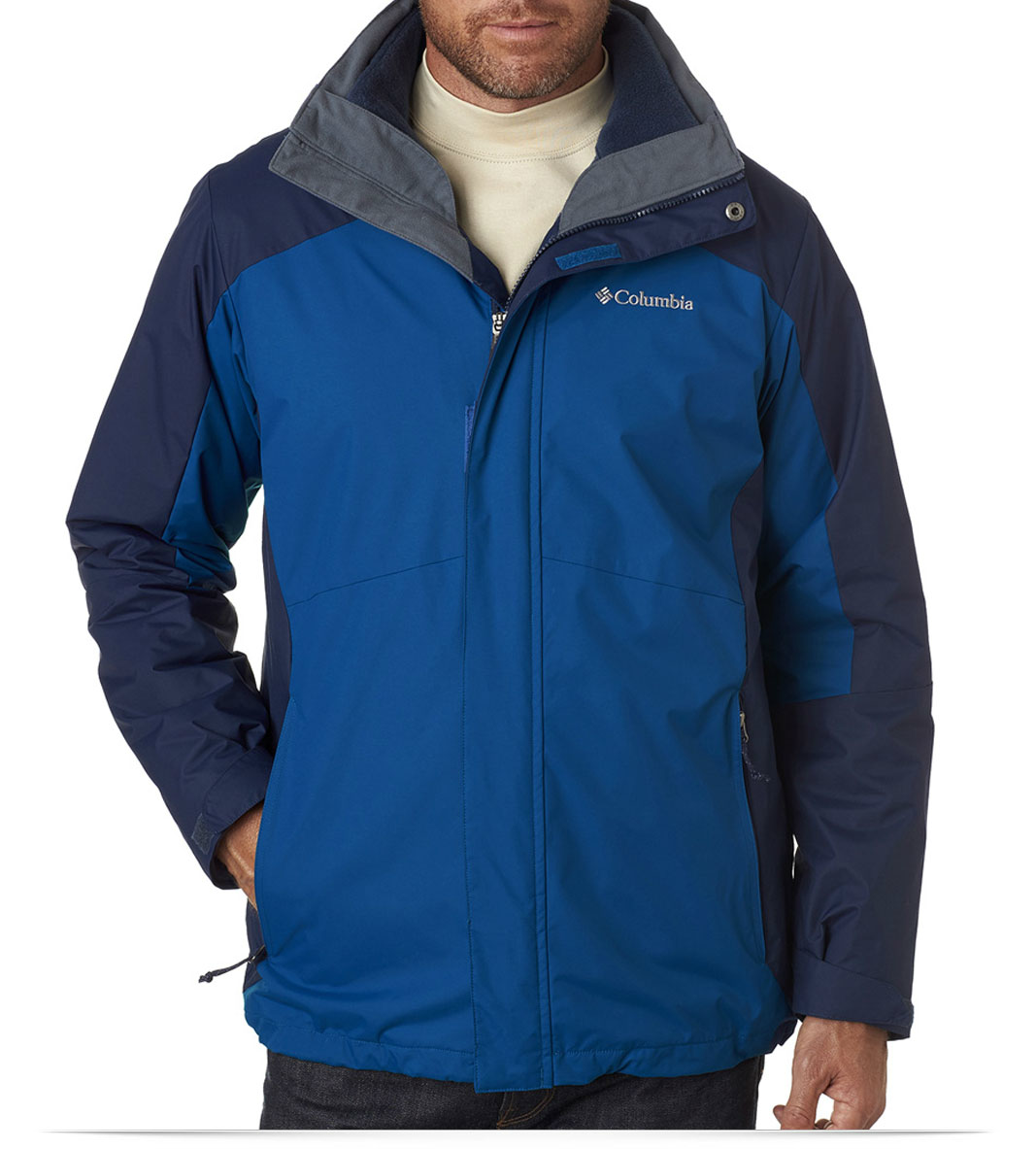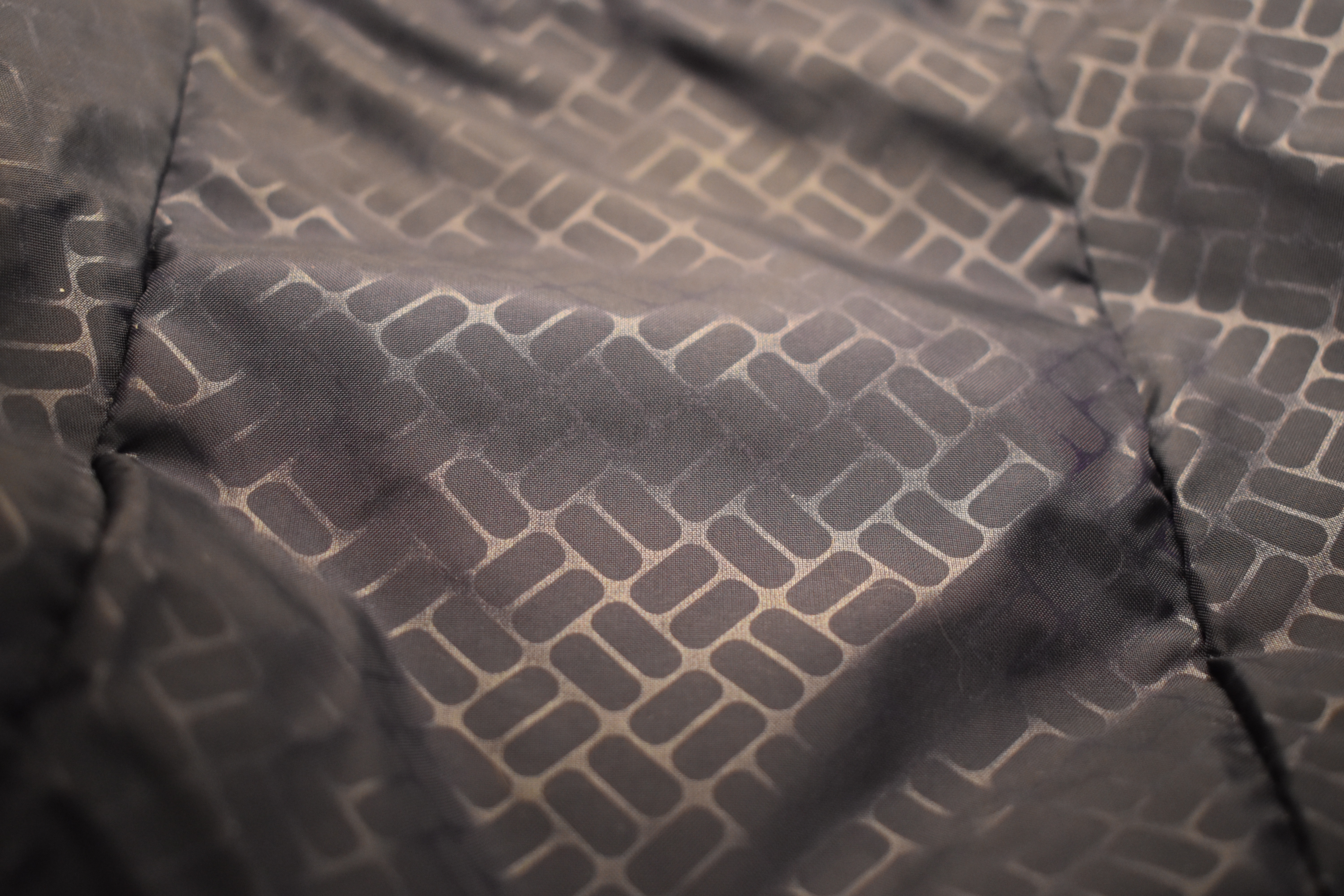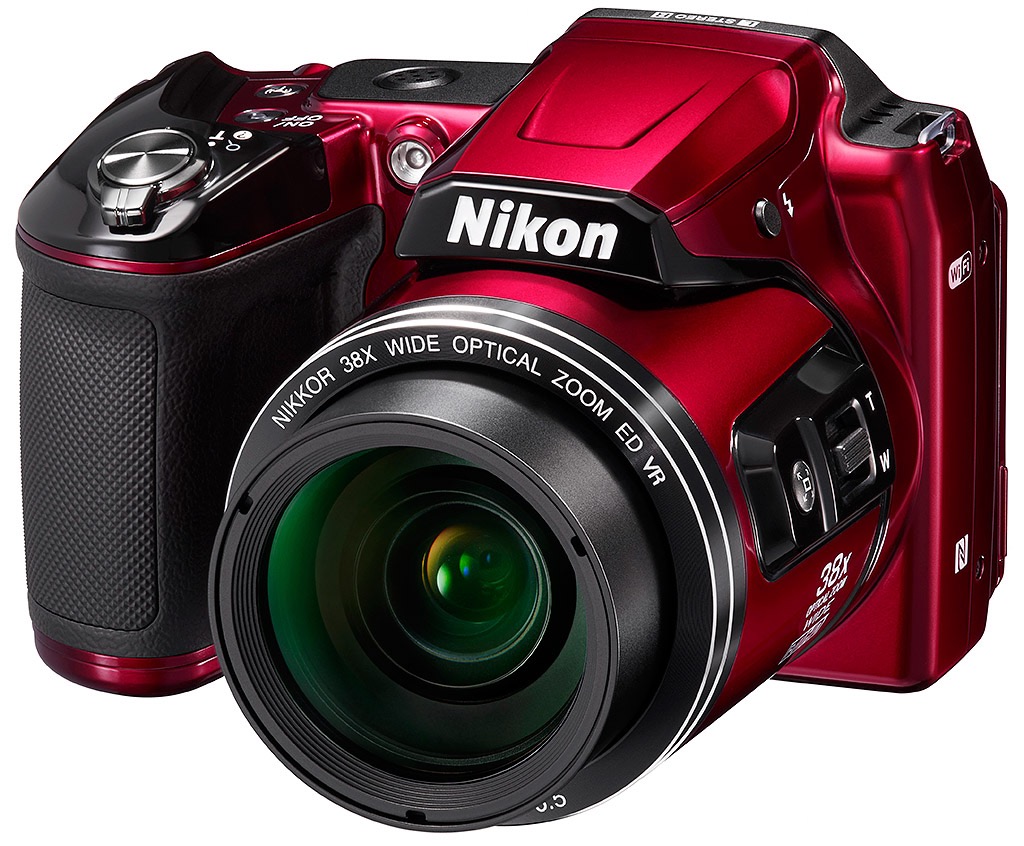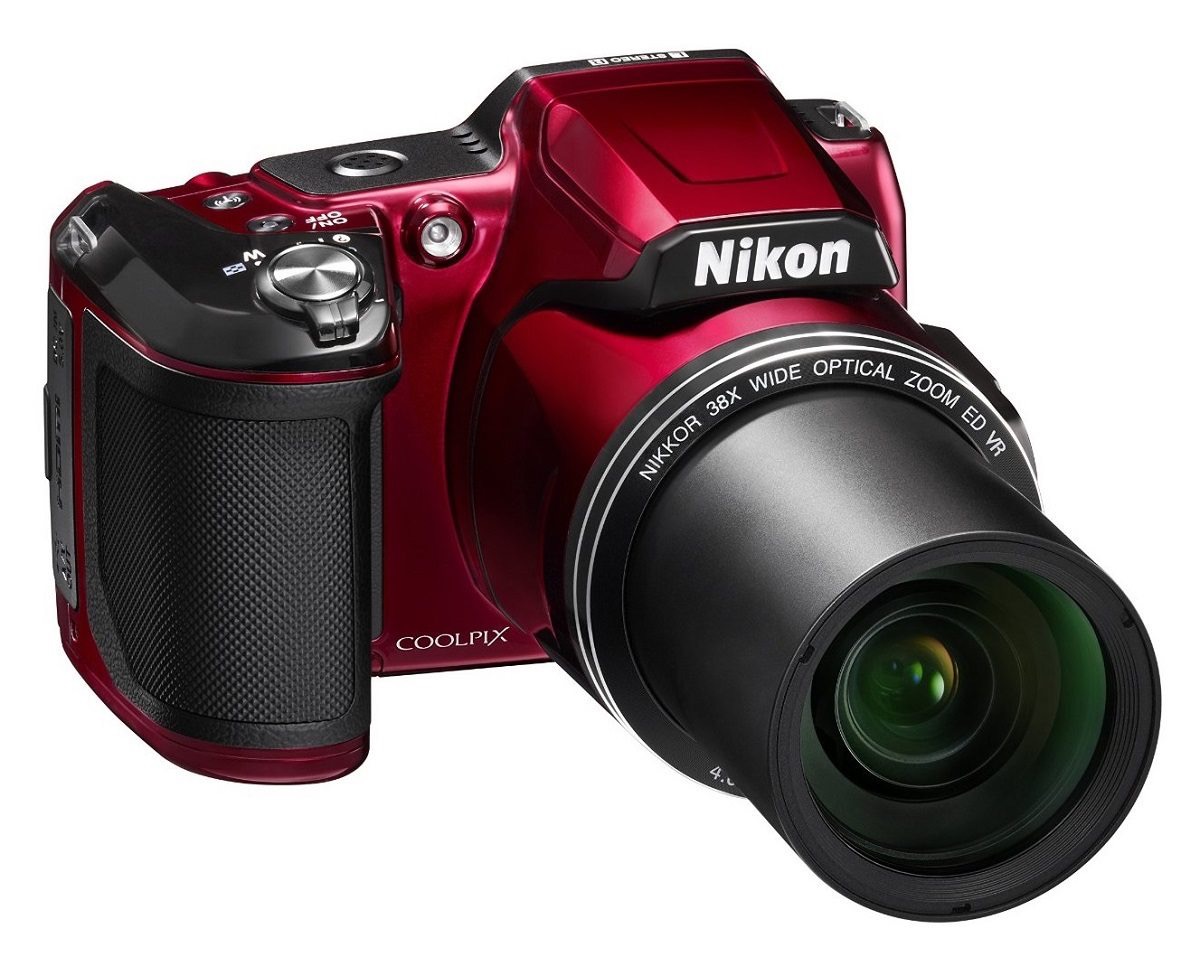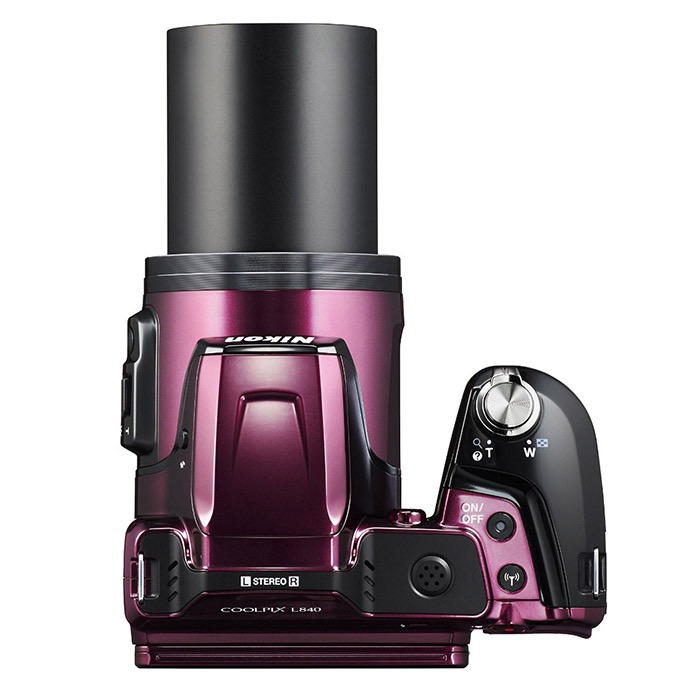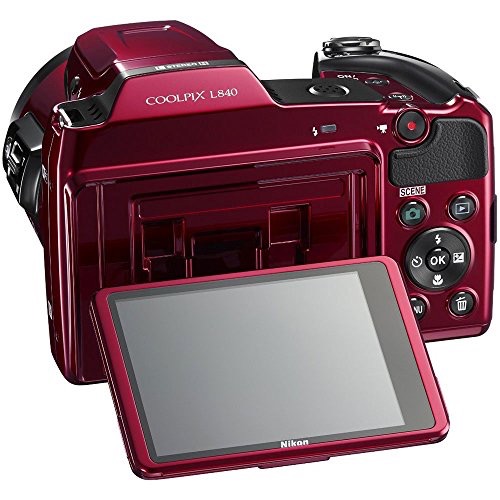Bento Boxes have been around for a thousand years. The Japanese developed them in the 1000s to carry food, and in the 1100s began making them from Bamboo and decorating them more and more artistically. They came to have great cultural significance to the Japanese, standing for beauty, balance, simplicity, prosperity, and proper nutrition. Each Bento Box is supposed to contain salty, sweet, sour, bitter and savory flavors. The morning packing of a Bento Box demands careful focus and artistic arrangement. In Japan, if you are unable to pack your own, you can walk into a store or street stand and buy a Bento Box. Hotels provide them to their guests. Airlines and trains provide them to passengers. Schools provide them to students. Hospitals provide them to patients.
Meanwhile, Western Hemisphere consumers have come to distrust plastic containers. They have read too many studies about how plastic leaches into food and drink and how all of our blood and tissues contain polyvinyl chlorides and other plastic residues, causing Cancer and other problems.
So Bento Boxes have begun appearing in the West. People are beginning to use them for lunches on the job, and now fishermen, hunters, hikers and backpackers are beginning to use them.
Instead of Bamboo, which is not readily available, U.S. and European Bento Boxes are made of stainless steel. They're inexpensive, easily cleaned, sterile, sealable with pressure clasps, and allow for separation of various food items.










